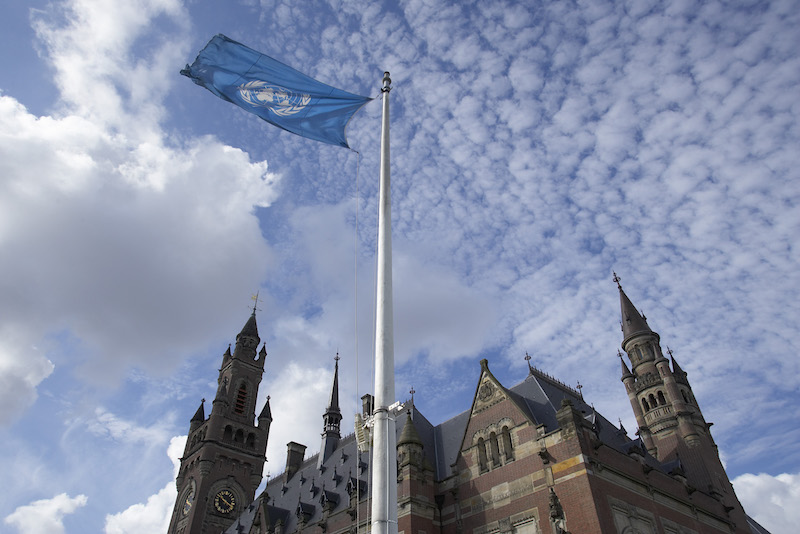For all the talk about the broken nuclear deal, it might seem a surprise to learn of an old agreement between the United States and Iran that is still in force.
The move to dismantle international agreements only makes diplomacy harder and belligerence easier.
The US-Iran Treaty of Amity, Economic Relations, and Consular Rights was signed on 15 August 1955 two years after the coup in Iran. The aim was to solidify the young Shah’s position domestically, while advancing US political and economic power in Iran.
Ever since, this little-known treaty remained the only valid and working legal framework for US-Iranian bilateral relations, despite the absence of any true “amity” between them.
What remains fascinating is the dispute resolution aspect of this treaty. Clause 2 of Article XXI allows either of the parties to take a dispute to the International Court of Justice (ICJ), if diplomacy or consensus fails to result in satisfactory outcome.
After November 1979, when the American Embassy hostage crisis erupted, the US took Iran to the international court on the basis on the treaty. The ICJ condemned Iran for holding 52 American diplomats and citizens hostage for 444 days. In 1980, Iran completely disregarded the ruling of the ICJ to release all American hostages.
Eight years later, the warship USS Vincenness shot down an Iran-Air Flight 655 over the Persian Gulf, killing 290 passengers and crew members. In May 1989, Iran sued the US in the ICJ over the shoot down, citing the 1955 treaty. The ICJ ruled in favour of Iran and ordered the US to pay compensation to the families of Iranian victims. Interestingly, then US president Ronald Reaganoffered Iranians to settle the issue outside of the court.
Read the article by Firouzeh Khoshnoudiparast on The Interpreter.

